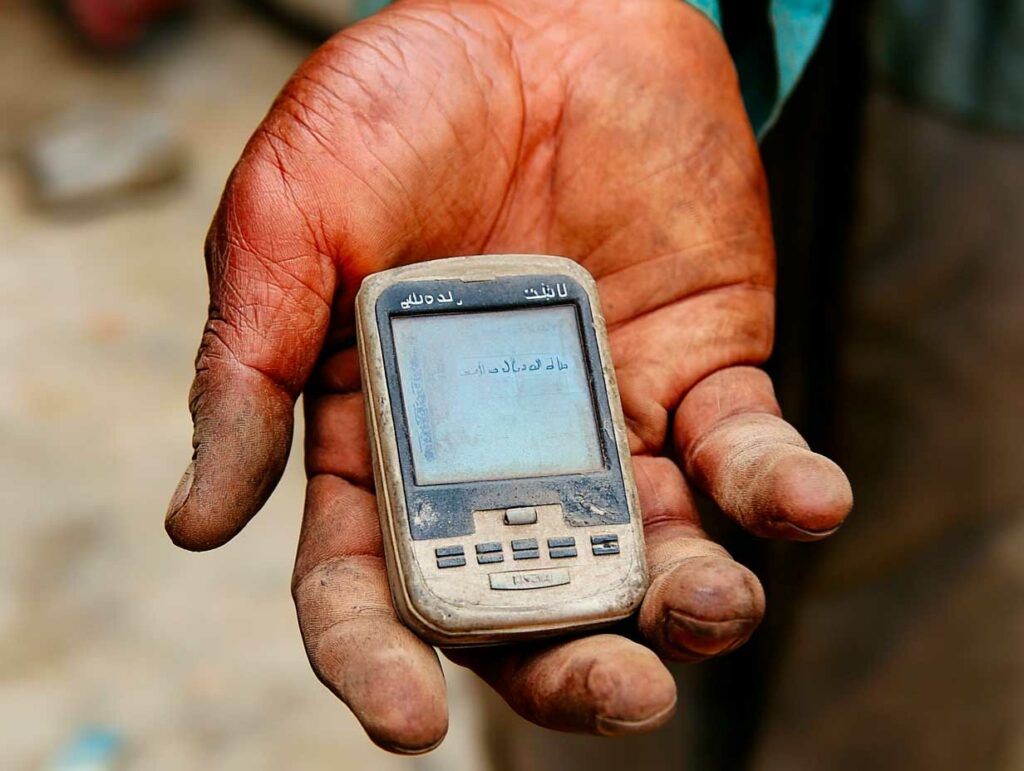
Analysis of Israeli tactics, including the use of explosive devices, and their impact on Hamas and Hezbollah structures in 2024.
In September 2024, Israel implemented a complex operation targeting the leaders of Hezbollah and Hamas. The use of explosive pagers eliminated Hassan Nasrallah and other key leaders, disrupting both organizations. These targeted attacks are part of a long-term strategy to neutralize security threats close to Israel. The consequences include a significant weakening of the chains of command and infighting among the survivors.
Technical analysis of the Israeli attacks
The explosive pager attack was the result of years of technological and strategic development. The modified pagers contained miniaturized explosives in their batteries, enabling targeted elimination with minimum collateral damage. This method reflects a technical innovation in asymmetrical weaponry, where cutting-edge technology is employed for specific targets.
In 2024, Israel eliminated Hassan Nasrallah, leader of Hezbollah, using these devices. This attack demonstrated the effectiveness of miniaturized technologies, integrated into everyday objects. Such operations require coordination between intelligence services, explosives engineers and operational forces on the ground.
The immediate impact was the disorganization of chains of command. According to reports, around 50% of Hezbollah’s operational commanders were eliminated by 2024, creating internal power struggles.
Strategic consequences for Hezbollah
Hassan Nasrallah represented a central figure, not only as a leader, but also as an icon of resistance for his followers. Although Hezbollah has an apparent hierarchy, its dependence on Nasrallah resulted in internal divisions after his death. Potential successors lack comparable influence, leading to organizational fragmentation.
At the same time, tensions between Syrian and Iranian influences within Hezbollah have been exacerbated. These divergences further complicate the organization’s strategic reorganization. To date, estimates indicate that Hezbollah’s funding, mainly provided by Iran (around 700 million euros per year), could be redirected to stabilize its factions.

The Hamas situation after the elimination of Yahya Sinwar
Hamas also suffered a severe blow with the death of Yahya Sinwar, a key figure in the organization. Responsible for planning the October 2023 offensive that caused over 1,000 Israeli deaths, Sinwar was an undisputed strategist and leader. His death has left a void that the remaining leaders are struggling to fill.
Since the event, internal disputes have erupted among the top leadership, slowing down operational decisions. Hamas, which numbered around 30,000 fighters in 2023, has seen its forces dwindle after massive losses in the offensive and targeted eliminations by Israel.
Impact on the Palestinians
The consequences of the Israeli attacks are not limited to the organizations targeted. Civilians in the West Bank and Gaza are experiencing increasingly difficult living conditions. In Gaza, where 2.1 million Palestinians live on just 365 km², Hamas governance remains marked by mismanagement of funds.
Foreign aid, estimated at around 11 billion euros cumulatively since 2006, continues to be misappropriated by the Hamas leadership. As a result, infrastructure remains underdeveloped, and social tensions are intensifying.
Israel’s strategic position
Israel justifies its actions by the need to protect its citizens. With a population of 9.8 million, 2 million of whom are Palestinians and Israeli citizens, the state has a proactive strategy for neutralizing threats.
The figures illustrate this logic: since 2023, some 376 Israeli soldiers and 767 civilians have lost their lives in Hamas-related attacks. These losses are fuelling political support for enhanced security measures.
Outlook for the region
The deaths of key Hamas and Hezbollah leaders could reshuffle the cards in the Israeli-Palestinian conflict. However, tensions remain high, particularly in Gaza, where the Israeli blockade restricts the movement of goods and people.
Questions remain about the ability of the two organizations to rebuild. If internal power struggles persist, their influence could erode, making way for other groups or a renewed regional dynamic.
War Wings Daily is an independant magazine.